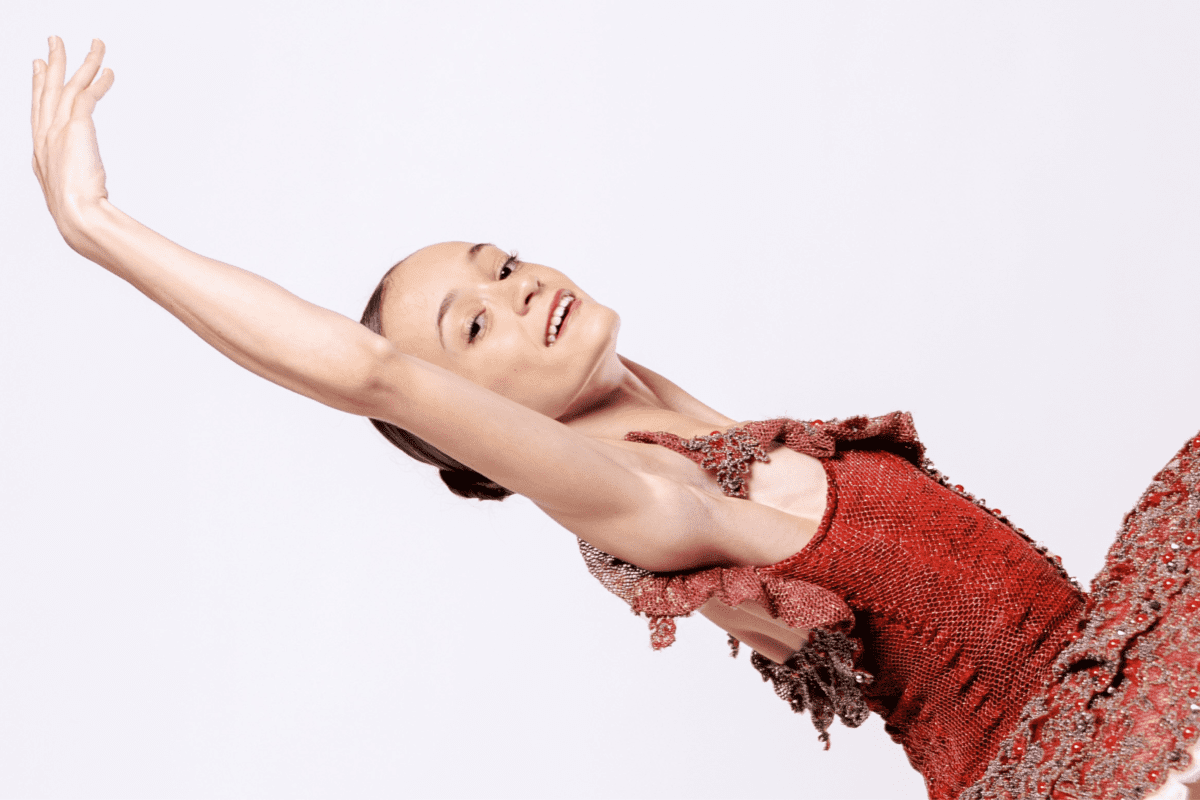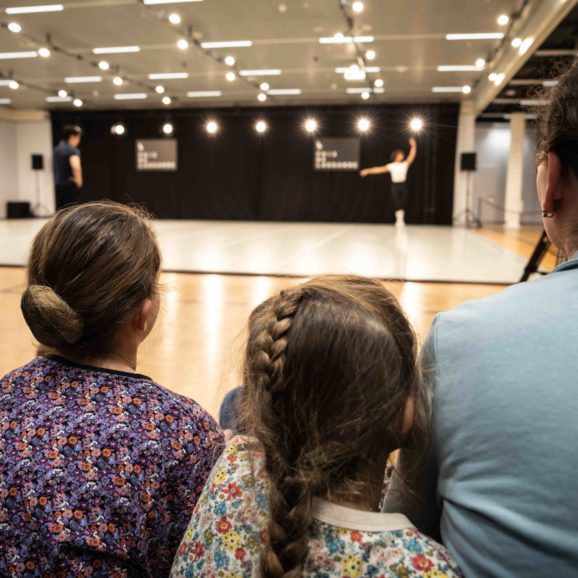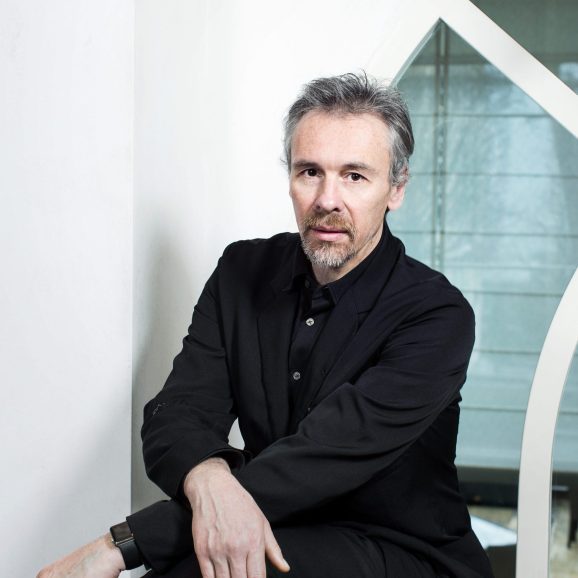04 Feb 2017
“You can really meet people from other countries here (…) If you want to change your school for a whatever reason and you want to see another place, it is very good because you can meet those people here” – Laura Cazzaniga, Ballet Mistress of Hamburg Ballet and contemporary variations coach for the Prix de Lausanne.
“Students are learning real choreography that you learn in the real world as a professional dancer and they are getting coached by people who know what they are talking about” – Amy Brandt, editor-and-chief of Pointe Magazine.
After hearing feedback about what the Prix de Lausanne provides to the dance community, it feels bittersweet to arrive at the competition`s end. The day of finals is here, which means letting go of the past and entering a new chapter for many of the candidates. I hope that the candidates have enjoyed their journey and I feel inspired to go back to school and begin my busy dance schedule again.
The Prix de Lausanne is not only good for networking and growing as a dancer, it also allows you to meet new people. After paying so much attention to the candidates during the week, I have noticed how their interactions and social skills have developed. With so many cultures and languages gathered here, I have watched the ways in which the candidates have tried to communicate with each other, as well as with the teachers and coaches. As they are all so passionate about their physical practice, they already have a common understanding of what everyone is feeling. However, there were sometimes difficulties when it came to verbalizing with each other. Interestingly enough, even though translators have been here to ease that issue, most dancers, teachers, and coaches have emphasized the physical communication. When instructing or asking something for example, they would demonstrate a certain movement in two different ways, which would then distinguish the correct from the other. As the days went by, the dancers became less concerned about the language barrier and more dependent on physical and social cues. I can relate– when I moved from Sweden to the US to study dance I experienced the same thing.
Sitting in the press room next to where most dancers warm up, I have seen the evolving physical communication that has united them. They have become more open with each other, which seems to have resulted in many long-lasting friendships. Jack Joshua Price, a finalist from Australia shared his experience with the other candidates by saying that “even though you are not speaking to them, you can sort of communicate with them in a way (…) and it has been interesting to experience that”. “You do not have to communicate through words but can do so through handshakes and whatever else”, he continued.
I have yet to experience the kind of unique comradery found in the dance world in any other industry.
Thank you for having me this week, I have enjoyed every moment!
All my best,



